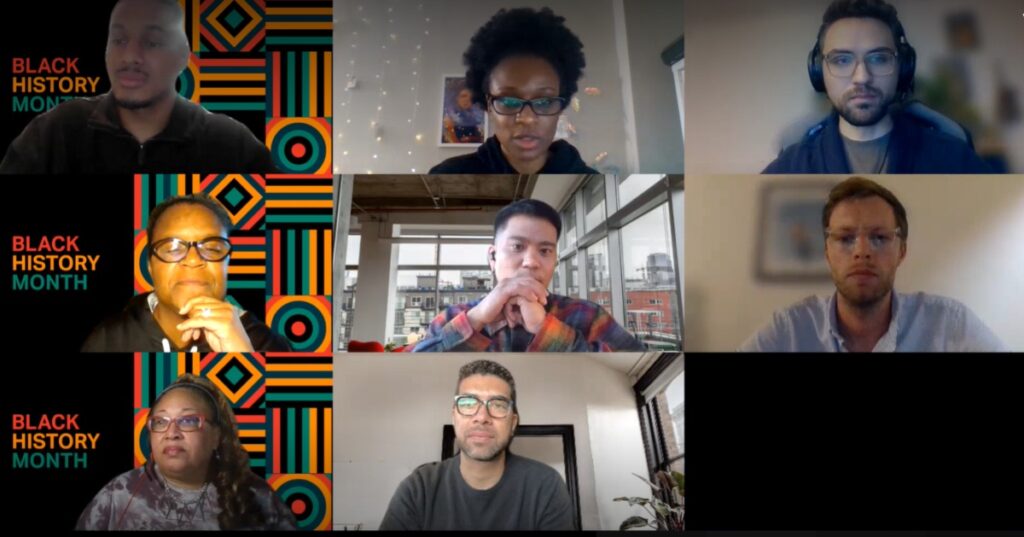A look at intersectionality and allyship
In February, I had the privilege to attend a ground-breaking collaboration and conversation focused on driving an open and meaningful conversation around equality. AECOM’s Employee Resource Groups (ERG), Pride Americas, our LGBTQ+ ERG, partnered with BeBOLD, our Americas Black ERG, to host a virtual panel discussion and quiz that centred on intersectionality, allyship and acknowledgement of the intrinsic connections between the communities. Below are key takeaways from the conversation that I think we could all learn from.
What do the terms Intersectionality and Allyship mean?
Intersectionality ‘is a way of understanding social relations by examining intersecting forms of discrimination’. This means that in some circumstances, individuals may experience racism, homophobia, sexism, ageism and ableism concurrently.[1]
Allyship, according to Nicole Nfonoyim-Hara at the Mayo Clinic is defined as ‘when a person of privilege works in solidarity and partnership with a marginalised group of people to help take down the systems that challenge that group’s basic rights, equal access, and ability to thrive in our society’.[2]
These two terms are interlinked, with intersectionality, identifying a problem in society, in multi-discrimination and allyship being part of the solution to tackle multi-discrimination.
Panel members discussed intersectionality and allyship with attendees following two video segments, the first entitled ‘What is Intersectionality?’ and the second, ‘At the intersection of LGBTQ pride and Black Lives Matter’.
My key takeaways
- Allyship needs a community-based perspective.
Allyship, is a collective effort, and only through working together, across different communities can the compounding effect of multi-discrimination be effectively tackled. This means calling out discrimination in all forms, whether that be sexism, racism, ableism, ageism or homophobia or any other form of discrimination, within your own community, inter-community or intra-community.
2. Trauma is not a competition
Both the Black community and LGBTQ+ community have and continue to face significant discrimination. The panelists noted that comparing who had a worse struggle, was inward looking, and we should instead look for the connections and shared experiences between communities. Without BIPOC LGBTQ+ activists, the LGBTQ+ community would not be where we are on the road to equality and equity today. We should look to allyship between the communities and work together in solidarity to challenge discrimination and enable all individuals to thrive.
3, Celebrate our diversity and multiple identities
Being at the intersection of multiple identities and perspectives is something to be celebrated, it expands our range of thought and makes our teams, organizations, and communities stronger. By elevating the voices of those who experience multiple discrimination, we enrich lives, create a culture of equality and equity, and can explore new ideas and ways of thinking.
The event had attendance from AECOM’s global employee family, including representation from ERGs from the Americas and our Ethnic Diversity Network in Europe & India.
Panelists included, from left to right:
- Cristian Bevington, Manager, Economics + Advisory and Pride Americas ERG President
- Mo Bradford, Urban Planner, BeBold ERG
- Francisco Refuerzo, Economist, Pride Americas ERG
- Terry Lackovic, Project Manager, Pride Americas ERG
- Kendall Williamson, Manager, Community Relations, Pride Americas ERG
- Gabrielle Jones, Architect, Pride Americas ERG
- Stephven Brown, Senior Manager, HR, Pride Americas ERG
- Stacey Ellis, Bid Management Specialist, BeBold ERG







